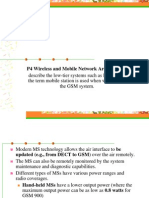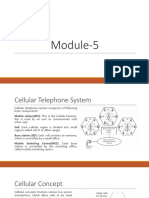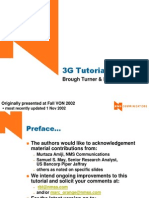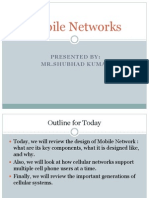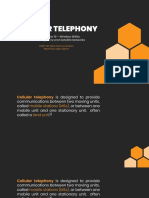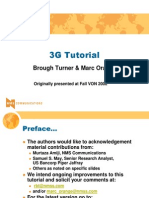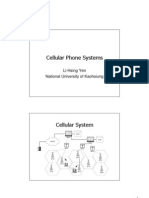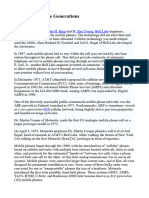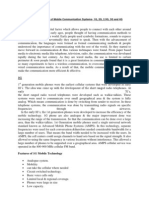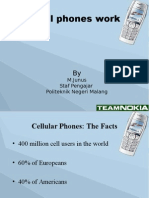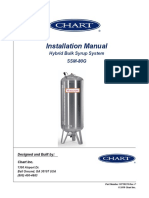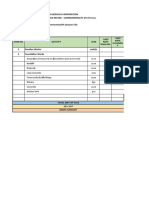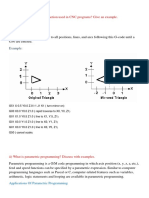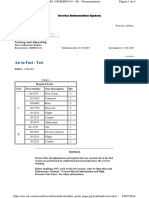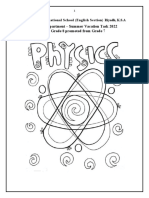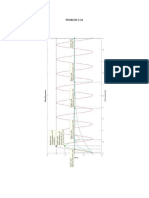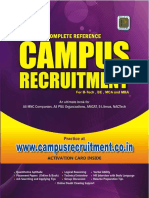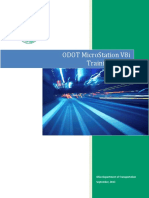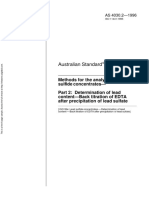0% found this document useful (0 votes)
56 views3 pagesCellular Technology 1 1st Generation Advanced Mobile Phone System (AMPS, 1980s)
The document summarizes key aspects of different generations of cellular technology:
1) First generation (AMPS) used analog signals, fixed channels and a hardware ID module to identify devices. Call establishment involved several steps managed by the Mobile Telephone Switching Office.
2) Second generation introduced digital voice/data and channel sharing using TDMA (GSM) or CDMA (IS-95). GSM uses a SIM card while CDMA provides frequency diversity but requires accurate power control.
3) Third generation is dominated by CDMA2000 and W-CDMA, supporting high data rates through technologies like EVDO and HSDPA.
Uploaded by
Sandesh ChhallareCopyright
© Attribution Non-Commercial (BY-NC)
We take content rights seriously. If you suspect this is your content, claim it here.
Available Formats
Download as PDF, TXT or read online on Scribd
0% found this document useful (0 votes)
56 views3 pagesCellular Technology 1 1st Generation Advanced Mobile Phone System (AMPS, 1980s)
The document summarizes key aspects of different generations of cellular technology:
1) First generation (AMPS) used analog signals, fixed channels and a hardware ID module to identify devices. Call establishment involved several steps managed by the Mobile Telephone Switching Office.
2) Second generation introduced digital voice/data and channel sharing using TDMA (GSM) or CDMA (IS-95). GSM uses a SIM card while CDMA provides frequency diversity but requires accurate power control.
3) Third generation is dominated by CDMA2000 and W-CDMA, supporting high data rates through technologies like EVDO and HSDPA.
Uploaded by
Sandesh ChhallareCopyright
© Attribution Non-Commercial (BY-NC)
We take content rights seriously. If you suspect this is your content, claim it here.
Available Formats
Download as PDF, TXT or read online on Scribd
/ 3

